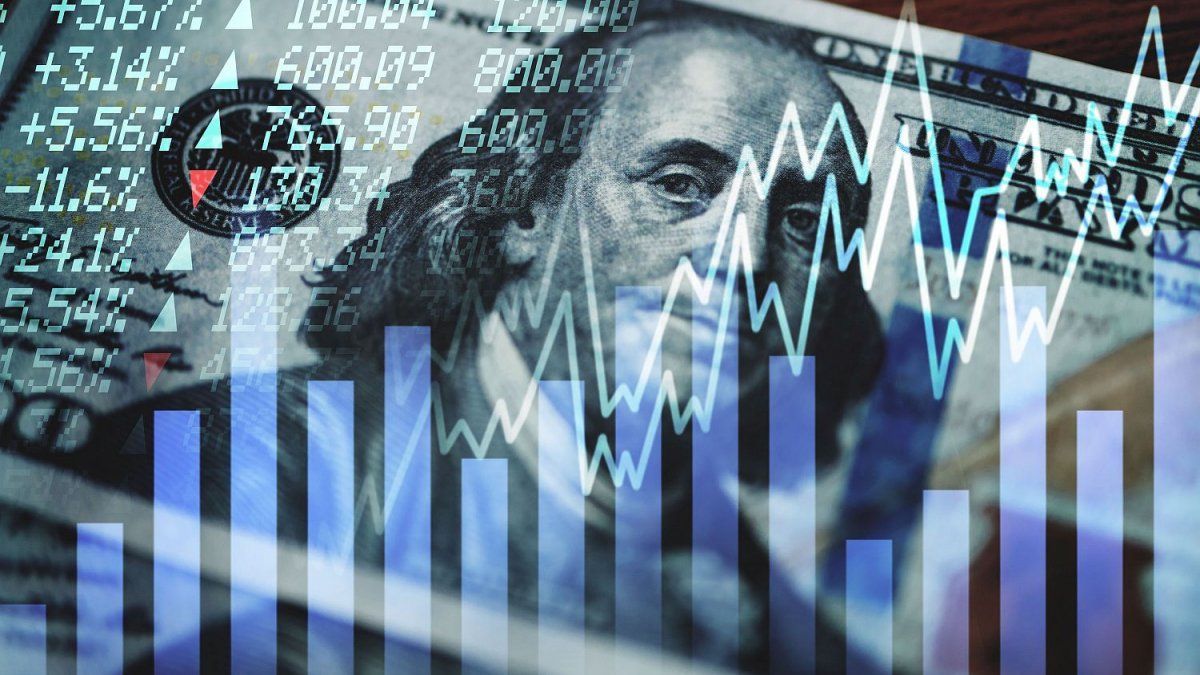The week ended in the worst way for Argentina. The strengthening of the dollar globally after the US inflation data was worse than what the market expected, ended up generating the expectation that finally There will be high rates for a while. This puts greater difficulty for the Minister of Economy, Luis Caputowhen it comes to wanting to lift the exchange rate.
US inflation stagnated above 3% but core inflation ran to 4.5% annualized in the first quarter due mainly to inflationary inertia in the US post-pandemic. This panorama impacts emerging assets and in particular the currencies of the region that are suffering a correction, especially the Colombian peso and the Mexican peso with a depreciation of up to 3.8%. What does it mean for Argentina?
The impact of the devaluation of the currencies of trading partners, fundamental for Argentina, raises doubts about the inflow of foreign currency, and amplifies fears of a devaluation of the official exchange rate.
According to the consultant Econviews, “The official exchange rate loses competitiveness month after month by adjusting 2% against an inflation that is still around 9-10%. The devaluation of trading partners such as Brazil or Chile only aggravates this problem. The strengthening of the dollar usually correlates with falling commodity prices. Soybeans are not already high in historical terms, and the prospect of higher rates in the US reduces the chances of them taking off. In the medium term, the fact that international credit becomes more expensive complicates Argentina if it wants to return to the markets in 2025.”
The lifting of the stocks depends, precisely, that the exchange rate does not lag and allows the Central Bank to accumulate dollars, more than it already has to have sufficient firepower in case of volatility.
1816.PNG
If the stocks are lifted, the exchange rate jump will be greater
According to the consulting firm 1816, the exchange rate appreciation accelerated in the last week due to the change in the international context and, according to their calculations, $800 per dollar is equivalent to $1,480 today. “The RER (real exchange rate) is already at the level prior to Massa’s devaluation at $350. Milei repeats that she will not touch the crawling peg of 2% and, if so, by June the TCR will already be at the 2016-2017 minimums, the lowest with a unified post-Convertibility exchange rate,” she warned in her latest report.
Hence, it was considered that, If the Government’s plans include releasing the stocks in the second semester, it is reasonable to believe that will accelerate the pace of monthly devaluation.
Walter Morales, President and Strategist of Wise Capital, considered it in the same way: “If the release of the official FX is in the 2nd semester, it seems likely that at some point the monthly devaluations will accelerate. Otherwise, a very large jump would then be necessary. great to unify”.
Finally, the 1816 analysts also bet on the floatation. “In the short term, the Government is going to have to decide on the new exchange rate regime. Although, with low reserves and without financing, there are not many options: the peso will have to float.”
Source: Ambito




